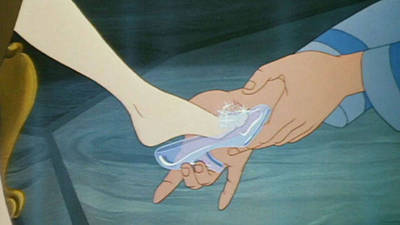First, we need to define our selection goal: find a suitable wife (model). Second, we need to define our selection criterion. The king wanted a "suitable mother" but the prince was looking for something more. Third, given all the possible models, we need to decide how to carry out the search, or the search mechanism. How did they search for the best fit in the story? "By royal command, every eligible maiden is to attend!" In other words, we are going to evaluate all candidate models.
At the ball, the prince spotted his best fit. But unfortunately, he didn't save his selected model. He needs to search again. This time, he simplified his criterion to a single glass slipper (which is absurd, as if it fits perfectly it won't fall off in the first place) as he now knew the best fit have this characteristic. Due to this simplification, for the second search, the prince does not have to be the selection criterion any more. They found a good surrogate, the glass slipper. After this round of thorough search, they found the prince's match.
The story "Cinderella" is a story on all possible regression method. Selection-criterion + all possible candidate models is the most reliable way of finding the best match. Greedy search or stochastic search do not have the same guarantee. An exhaustive search is tedious, expensive (a grand dance ball in a real palace!) and time consuming. It helps when the search criterion can be replaced by a simpler surrogate (a glass slipper as opposed to a face-to-face dance) and when the model space is small ("a tiny kingdom in a faraway land").

No comments:
Post a Comment